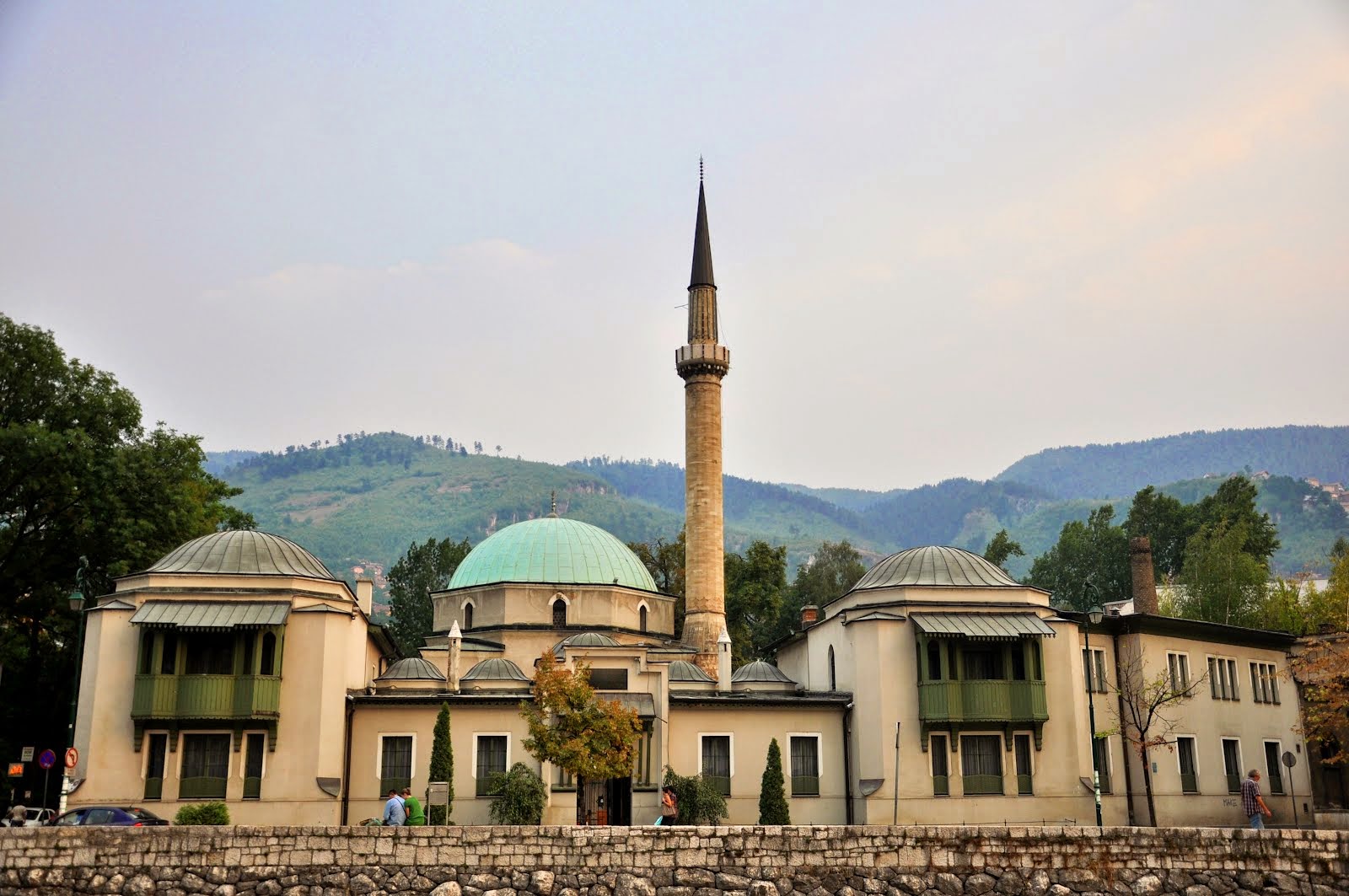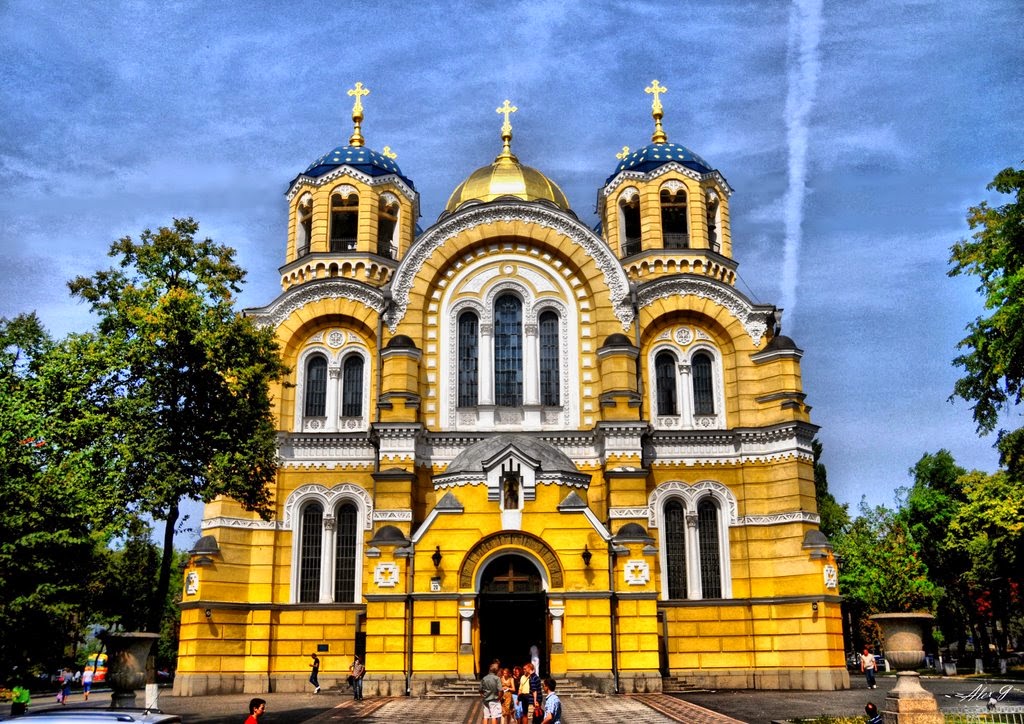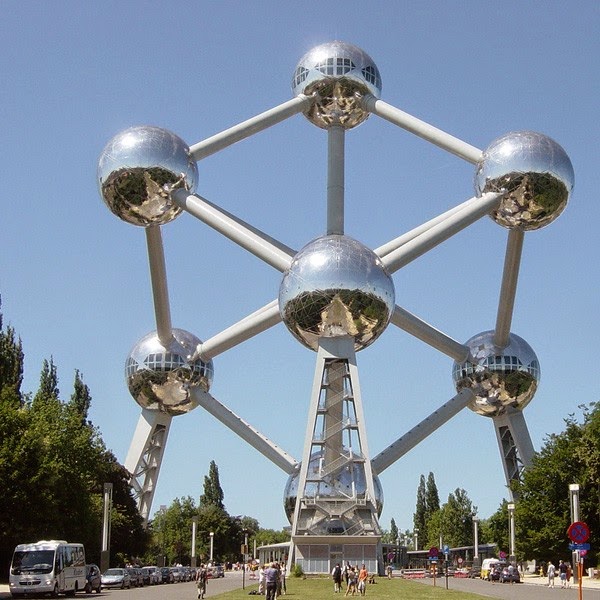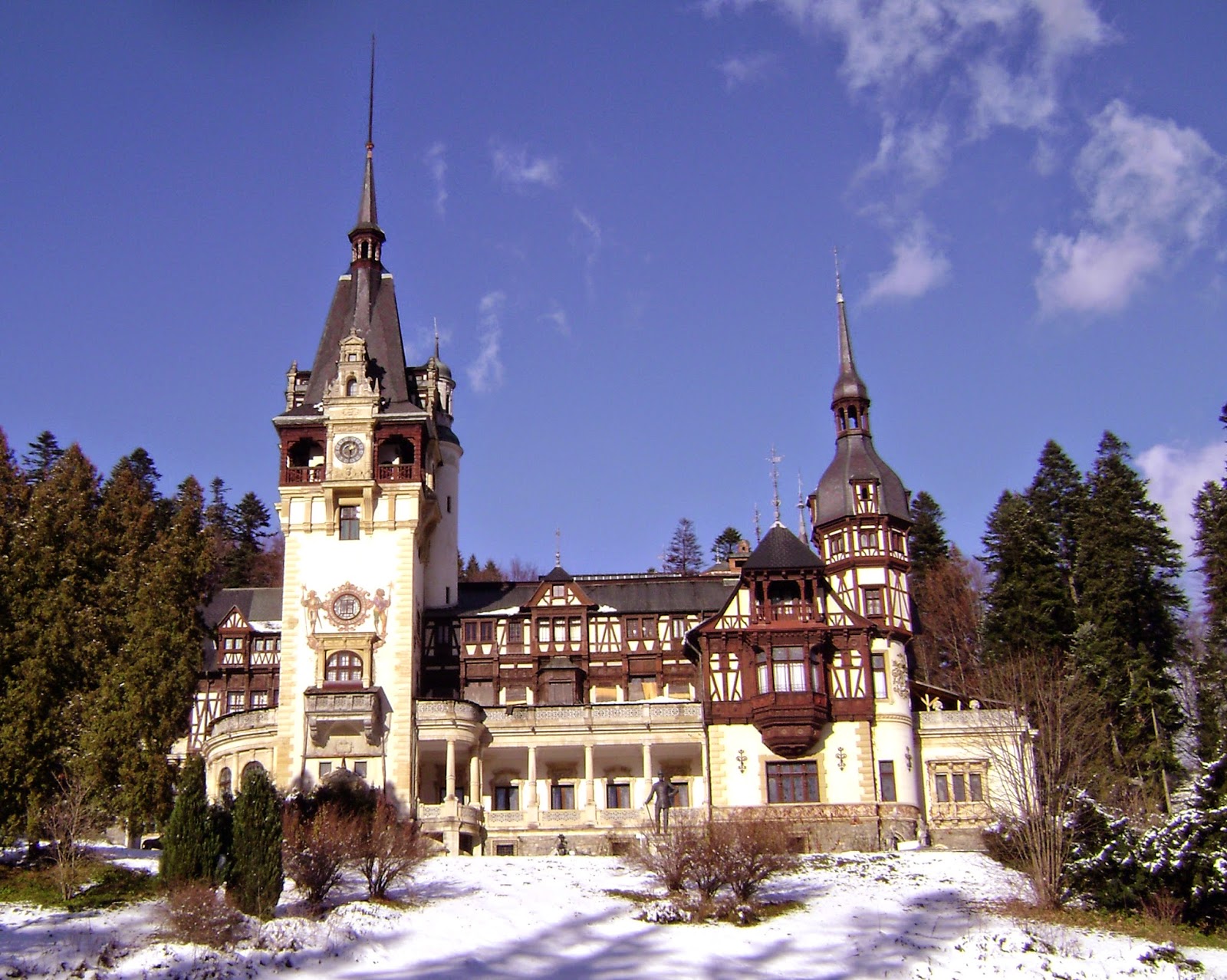,
Republic of Turkey (Turkish: Turkey Cumhuriyeti) called Turkey (Turkish: Turkey) is a large country in the Eurasian region. Its territory stretched from the Anatolian peninsula in southwest Asia and the Balkan region of southeastern Europe. Turkey borders the Black Sea to the north; Bulgaria to the northwest; Greece and the Aegean Sea to the west; Georgia to the northeast; Armenia, Azerbaijan, and Iran to the east; and Iraq and Syria to the southeast; and the Mediterranean Sea to the south. Marmara Sea which is part of Turkey is used to mark the border of Europe and Asia, so Turkey is known as a transcontinental nation.
The capital city of Turkey is Ankara, but the most important and biggest city is Istanbul. Caused by its strategic location at the crossroads of two continents, Turkish culture is a mixture of Eastern and Western cultures are often introduced as a unique bridge between the two civilizations. With the strong area of the Adriatic to China in a dirt track between Russia and India, Turkey has gained a growing strategic interest.
Anatolian Peninsula is one of the oldest inhabited regions in the world. Various ancient Anatolian populations settled in Anatolia, started in the Neolithic period until conquered by Alexander the Great, the language used is the language of Anatolia, language branch of the In do-European language family. In fact, researchers have proposed Anatolia as the hypothetical center, where the In do-European languages spread. Parts of Turkey in Europe called East Thrace. This area is not inhabited since four thousand years ago, and entered the Neolithic period around the year 6000 BC the population began to grow crops and Turkey also contained
Tourist Attractions in Turkey - Tourist attractions in Turkey is very varied. Located right in between the continents of Europe and Asia, Turkey is known to have unique natural beauty. In addition, history and culture in Turkey is the main attraction that makes many tourists visit there. There are many options in the Turkish tourist sites you can visit, but at least there are 7 locations that we can recommend to you. The following are some of the tourist sites that you must visit when the opportunity visit to Turkey.
The capital city of Turkey is Ankara, but the most important and biggest city is Istanbul. Caused by its strategic location at the crossroads of two continents, Turkish culture is a mixture of Eastern and Western cultures are often introduced as a unique bridge between the two civilizations. With the strong area of the Adriatic to China in a dirt track between Russia and India, Turkey has gained a growing strategic interest.
Anatolian Peninsula is one of the oldest inhabited regions in the world. Various ancient Anatolian populations settled in Anatolia, started in the Neolithic period until conquered by Alexander the Great, the language used is the language of Anatolia, language branch of the In do-European language family. In fact, researchers have proposed Anatolia as the hypothetical center, where the In do-European languages spread. Parts of Turkey in Europe called East Thrace. This area is not inhabited since four thousand years ago, and entered the Neolithic period around the year 6000 BC the population began to grow crops and Turkey also contained
Tourist Attractions in Turkey - Tourist attractions in Turkey is very varied. Located right in between the continents of Europe and Asia, Turkey is known to have unique natural beauty. In addition, history and culture in Turkey is the main attraction that makes many tourists visit there. There are many options in the Turkish tourist sites you can visit, but at least there are 7 locations that we can recommend to you. The following are some of the tourist sites that you must visit when the opportunity visit to Turkey.






















